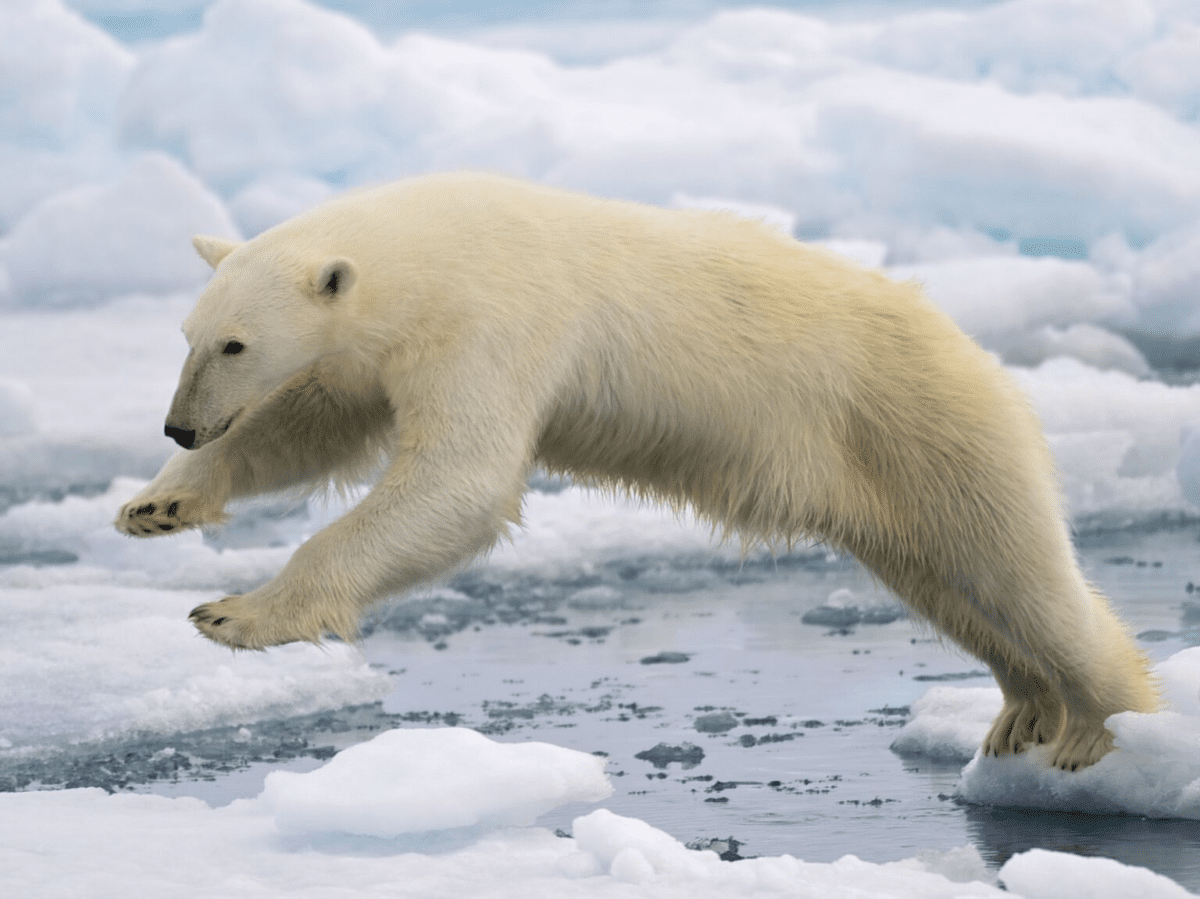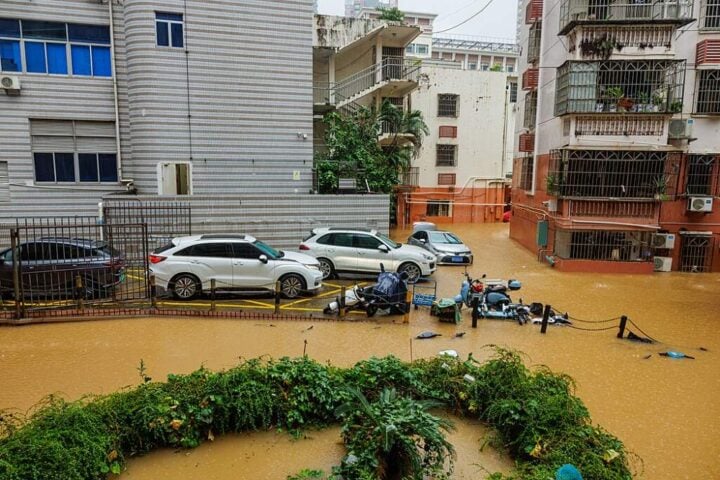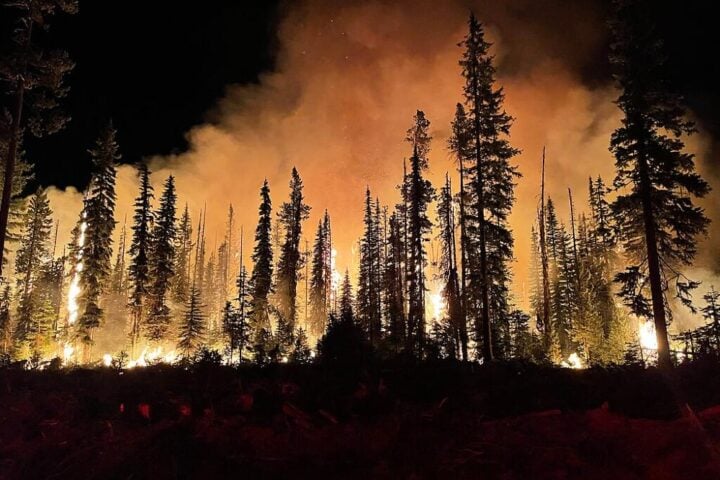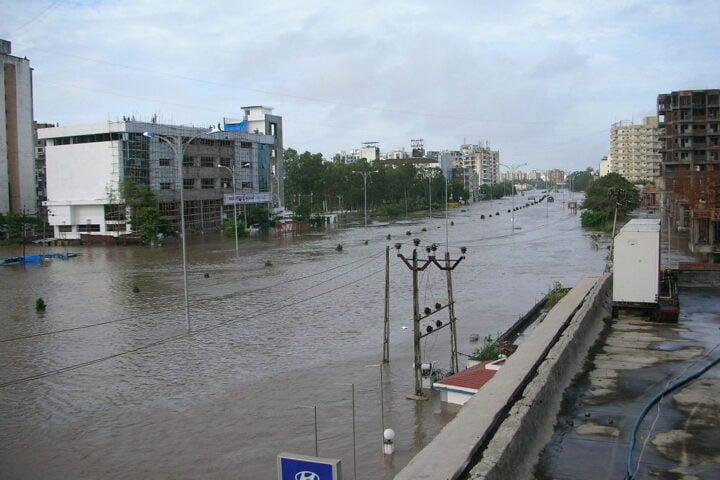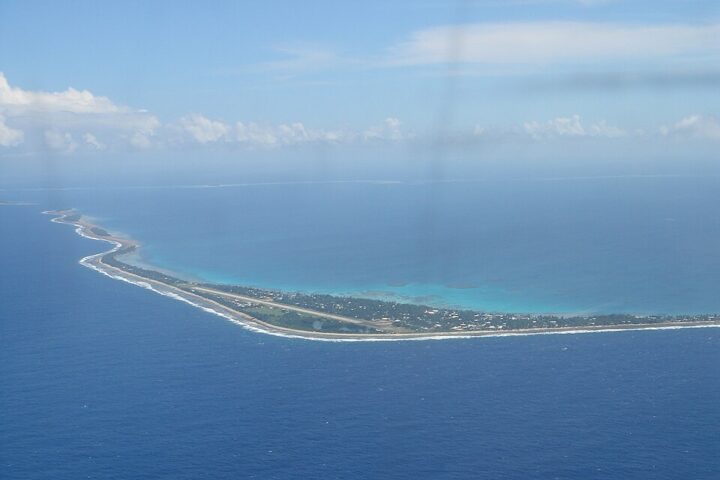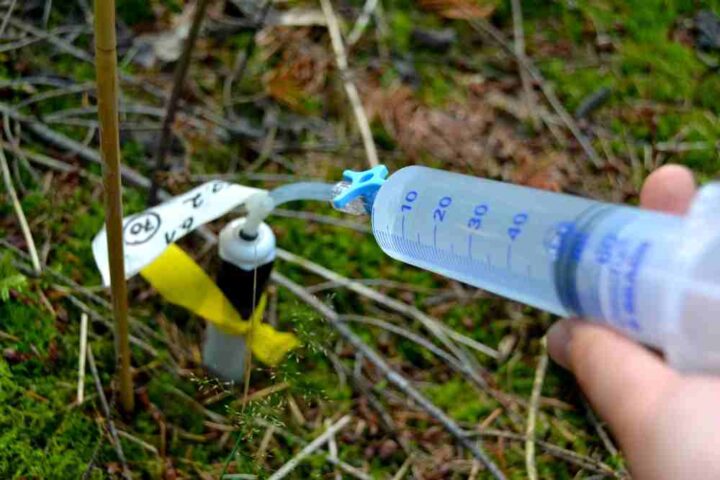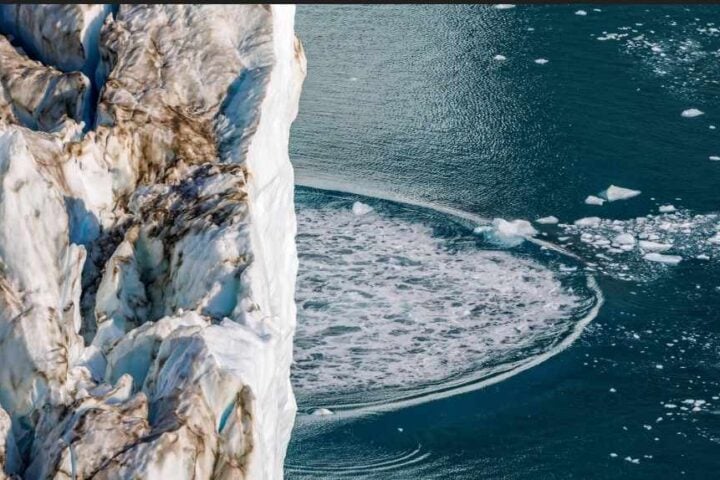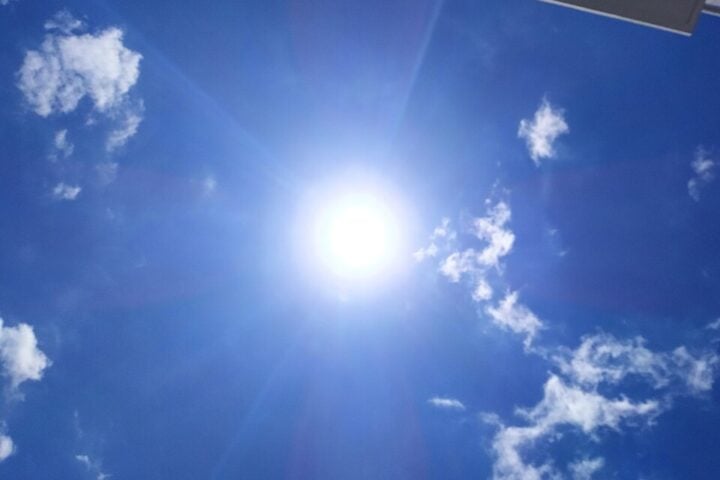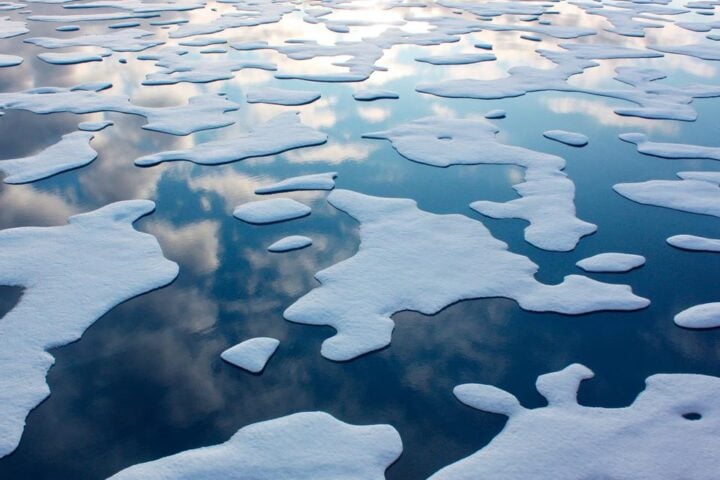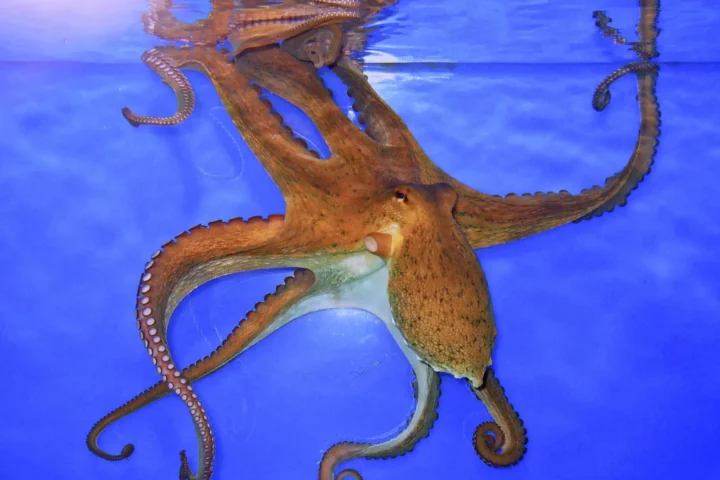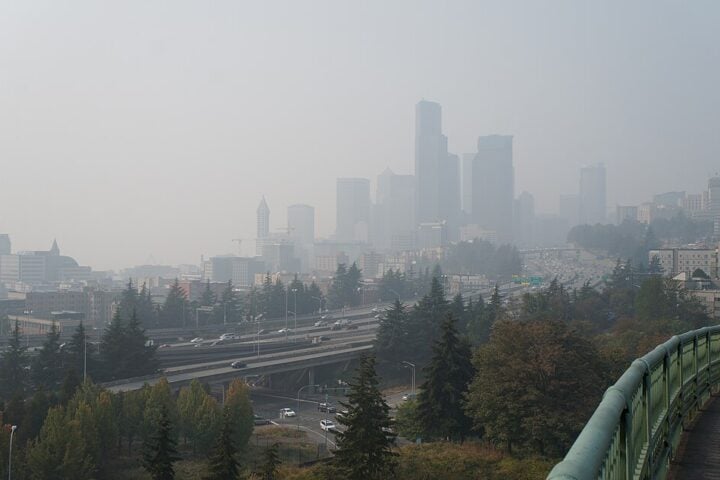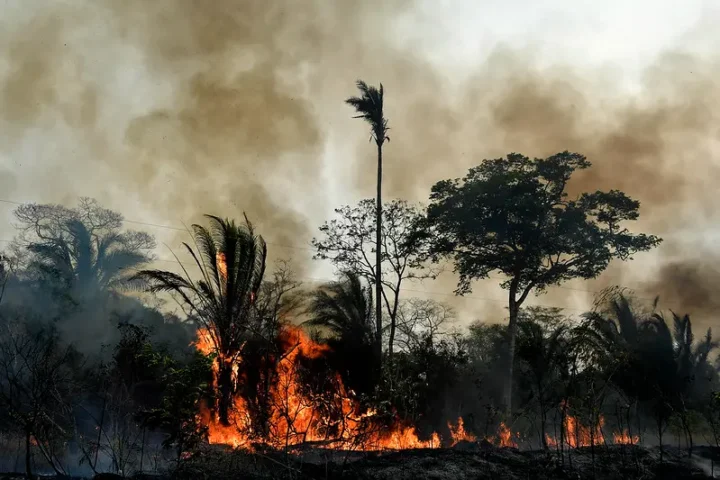Scientists from several institutions have found a direct link between greenhouse gas emissions and polar bear survival in a new study This pioneering research, published in the Journal Science, offers a comprehensive framework to measure the demographic impact of proposed greenhouse gas-emitting actions on polar bears.
Historically, the Endangered Species Act had overlooked climate considerations due to an absence of quantifiable data linking specific emissions to polar bear survival. However, this new methodology bridges this gap, illuminating the connection between greenhouse gas emissions, the rising number of ice-free days, and the survival rates of polar bears. Alarmingly, the study also highlights the declining trends observed in certain polar bear subpopulations.
David Bernhardt, the then-Solicitor of the Department of the Interior, had previously opined that greenhouse gas emissions wouldn’t be considered in reviews under the act unless the impact of emissions from proposed projects could be distinctly separated from the effects of all historical global emissions. This stance effectively excluded climate change considerations from the Endangered Species Act evaluations.
Steven Amstrup, the lead author of the study and chief scientist emeritus at Polar Bears International, comments, “For years, the scientific community has recognized that persistent warming and sea ice loss would inevitably reduce polar bear distribution and numbers.” He further emphasizes the revolutionary nature of this research, stating it allows for a clearer understanding of the effects of greenhouse gases emitted by specific activities.
Building on a 2020 report, this study links anticipated polar bear survival to the extended summer fasting duration caused by global warming. Cecilia Bitz, a co-author and professor at the University of Washington, elaborates on the research’s significance, explaining its ability to quantify the number of ice-free/fasting days resulting from specific carbon dioxide emissions volumes. This quantification provides a direct assessment of a project’s emissions on the future recruitment of polar bear cubs.
Similar Post
Merav Ben-David, a wildlife ecology professor at the University of Wyoming, reflects on the past, stating, “When polar bears were declared threatened in 2007, we discussed the looming dangers of global warming.” She emphasizes the undeniable link between polar bear reproductive failures and greenhouse gas emissions, adding that the research addresses Bernhardt’s opinion by forging a direct connection between emissions from individual projects and their impact on protected species.
Polar Bears International, a nonprofit organization dedicated to wild polar bears and Arctic sea ice, has been instrumental in this research. Their mission revolves around the conservation of polar bears and the sea ice they depend on, while also raising global awareness about the Arctic’s future challenges and its ties to global climate.
This research emphasizes the importance of addressing overall climate change, not just its effects on polar bears. The findings underscore the urgency to reevaluate policies that have historically neglected the catastrophic effects of greenhouse gas emissions. The study stands as a testament to the power of collaborative scientific research in driving policy changes and influencing global perspectives on urgent environmental issues. This study suggests that we might change how we tackle environmental and climate issues, emphasizing teamwork for a brighter future.
